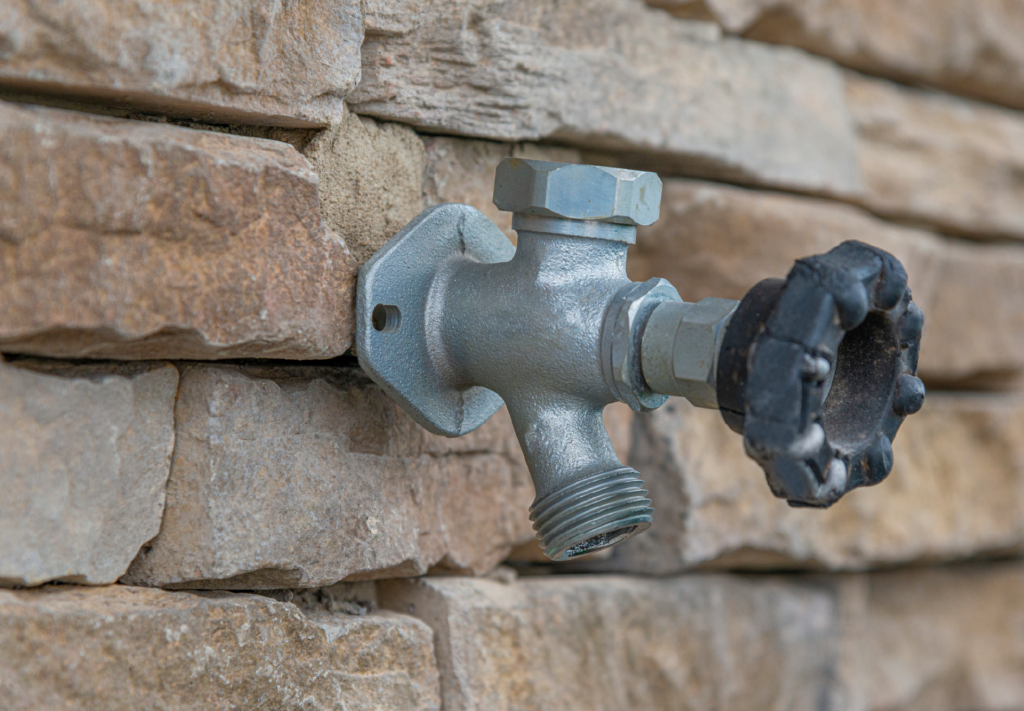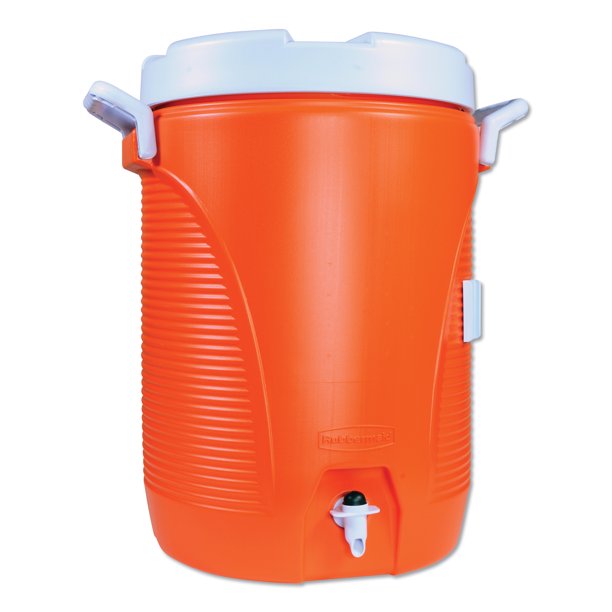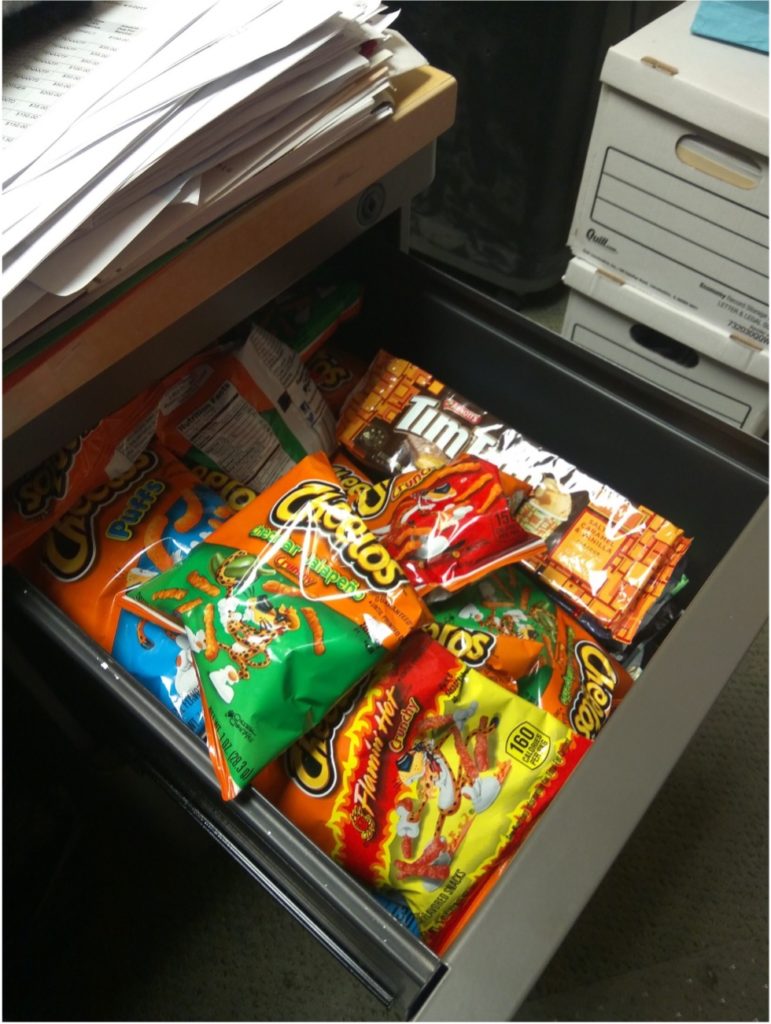For most people in the First World, there’s plenty of food to go around these days–as attested by our expanding waistlines. But all it takes is one frightening event to put our complex food supply chain to a halt. It could be a natural disaster or an act of terrorism, but what most people don’t consider is a failure of civility.
Imagine this scenario unfolding as you’re on your way home from an urban center…
Civilian failure blocks multiple roadways and prevents trucks from supplying food and bottled drinks. The grocery stores are low on food but full of people wracking the shelves. The local water supply has been shut down.
So, where will you get food and water to survive?
In this article, we’ll break down where you can source food and water if you find yourself in the following urban settings:
- Water
- In houses
- At work
- In transit
- Food
- In houses
- At work
- In transit
FIND A DRINK FIRST
The title says “water and food,” in that order, because drinking water is essential to survival. Contrary to what people outside of the survival community believe, food is actually one of the lowest priorities in the short term. Water is higher on the list in all survival situations.
This makes sense because the average American can last a month without a morsel as long they have shelter to protect them from harm. But you can only survive a few days without water. So prioritize finding a drink first.
Water in houses
If you find shelter in an abandoned home, you’re in luck. Houses typically have appliances that have plenty of untapped water. For the prepper, think of these as water storage tanks that also happen to do other functions.

Where you can find untapped water in houses:
- Water Heater — Smaller units typically hold as much as 40 gallons. Larger ones can hold twice the amount or even more. You can get water by unscrewing the stopper near the base of the water heater.
Before you drink straight, let a little water run out first. This water will look rusty or dirty-looking. Set that aside for other uses like cleaning. Clearwater should follow.
- Pipes — Try opening a faucet high in the house. This will drain the pipes allowing you to catch water coming out from the lowest faucet in the home.
- Toilet Tanks — In grim situations, these might end up being your only option. As long as it doesn’t contain any deodorizing or bowl cleaning tablets, toilet tanks can be a water source too. Make sure the water isn’t warm either.
- Dehumidification Appliances — These appliances may come as a surprise, but these are essentially free-standing “reverse” air conditioner units. Dehumidifiers produce hot, dry air as opped to cold air. And instead of little drips on the ground, dehumidifiers make a lot of water — right from thin air.
Suppose you still have access to electric power. In that case, these appliances can provide you with up to a gallon of water each day in semi-humid weather. When the humidity is higher, the output multiplies every 24 hours. As long as the air is humid and power is flowing, dehumidifiers will be a sustainable water source.
- Other household water sources:
- Freshwater fish tanks
- Fish ponds without algae
- Garden hoses
- Pools
- Fountains
- Other outdoor water features
As a general rule, it’s always best to be doubtful. Don’t expect all water from these household water sources are safe and ready to drink. Warm stores, in particular, may start to grow bacteria as it sits. So treat them like any other raw water source with whatever means available.
Water Treatment Methods:
- Filtration
- Boiling
- Chlorine Treatment
Water at work
Most of the household water sources mentioned before can also be found at a workplace. But definitely at a bigger scale.
For example, in high-rise buildings, water-filled pipings can run hundreds of yards. And the water heaters basically regulate pressure and supply for the entire building–imagine how massive that is.

Here are a few other water sources in this setting:
- Water coolers — If the workplace has these, you just hit the jackpot. Jugs attached to water coolers usually come in five-gallon sizes. They can be pretty heavy but are still portable–even better when they come with a handle.
You can safely drink water straight from this. As long as you keep it cooled and sealed, these can last you for a long time.
- Beverage vending machines — We’re in a civil unrest scenario after all. So don’t’ feel bad ransacking these machines is your only option to get a drink.
They’re gonna be a challenge to open (by design). But if the machine is well stocked, it’s going to be worth your effort.
Water in transit
If you run out of water while traveling, there are a few places in the city you can check:
- Outdoor spigot — You can spot this outside of homes and businesses. First, check if the stopper has no handle or if the handle is removable. Then try twisting the knob stem with a multi-tool. Pliers work best here.
- Fountains — Fountains and similar features will have plenty of water. Expect it to be filthy and of poor quality. Treat it for safety.
- Rain — Of course, we can’t forget about the rain. Precipitation from the sky is usually safe to drink without treatment, as long as it hasn’t been exposed to any contaminants.
You can collect rain straight from a clean container under the open sky. Rain from roofs and gutters is also an option, but these are filthy. As always, use any raw water treatment to make this safe to drink.
NOW, SCAVENGE SOME FOOD
The idea of scavenging may not sound very appealing, but in survival scenarios, beggars can’t be choosers. You might need to resort to food theft and dumpster diving to provide for yourself, and if you have any, for those in your care.
Food in houses
If you find shelter in a house, the most likely scenario is that it’s already been burglarized by other people and the pantry is stripped bare. You may be left without people food, but looters would have left the pet food.
- Canned pet food — This may sound (and look) undesirable, but you’ll be surprised to know that they’re actually edible. In theory, canned dog food is just a gelatinous mix of potted meat.
- Birdseed — Birdseed is a little tough but they’re also edible–and more enjoyable than the canned goods. To make them easier to chew, toast them like popcorn in a frying pan with a lid. They’ll even pop like popcorn so make sure to keep the lid on.
Food at work
There are a lot of food sources at the workplace. Snacks and junk food are going to comprise most of their food supply, but calories are still calories in the short term. You can live off them just the same.

Where to find food at work:
- The break room
- Individual people’s desks — on top or under the desk itself
- Junkfood vending machine — think about the neighboring businesses too
Food in transit
Remember when we mentioned doing dirty work–literally and figuratively–to survive earlier? Here’s the setting that calls for it.
- Dumpster diving — Trust your nose when sifting through your own (or someone else’s) trash. If the food smells rotten, best to avoid it. It can still make you sick even after thorough cooking.
Keep in mind that just because it doesn’t smell foul doesn’t mean you shouldn’t cook it. The food can be cross-contaminated from other pathogens in the trash containers.
- Theft — As a last resort, you may have to loosen your morals a bit.
Institutions like schools or evacuation centers will usually have a generous supply of food. However, take note that other people will also be as desperate as you in a civil unrest situation. So you have tough competition for this life-sustaining resource.
